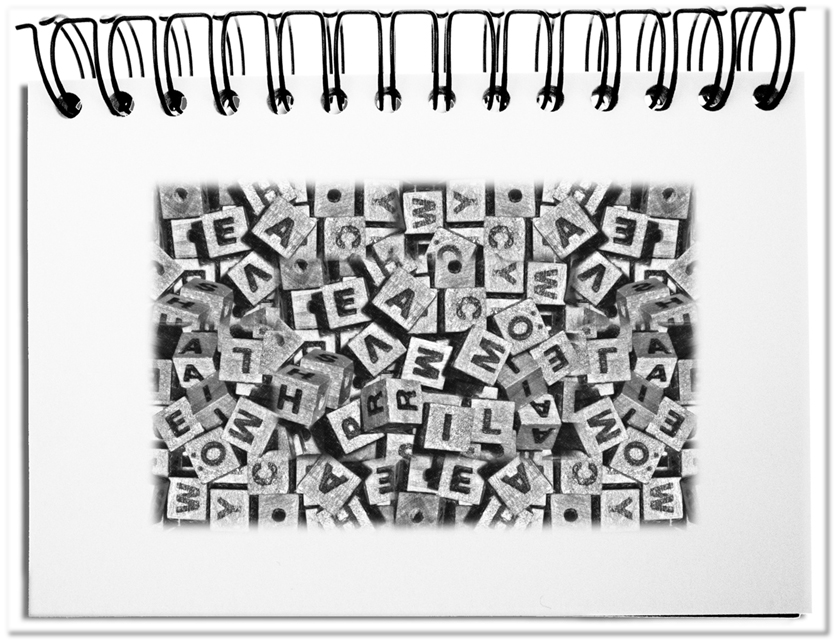In the 70s of the last century, we had reached the time for the next level of ‘bits of paper everywhere’. Out of the practical need not to lose bookmarks of his hymnal, Art Fry putted an adhesive on it that could be detached again. This was the birth of a pervasive tool of the information society, the Post-It. Wouldn’t it be great, if there would be similar mechanisms, in order to better anchor ideas in the mind of target groups – a Meme-it that makes ideas adherent.
In the last century people thought about, how to promote the spreading of ideas. In the Twenties scientists such as Harold D. Lasswell worked on how one could affect human acts through the manipulation of spoken or written language, pictures and music. After all branches exploited the possibilities of PR and marketing as well as new channels are established for conveying contents due to the global networking, viral marketing, sometimes also called guerilla marketing, promises a new, economical approach for the spreading of ideas and concepts. The object that is thereby quasi-automatically spreading across the World Wide Web and the minds of people is called Meme or recently Memeome. Memes are contents that people causally create and think – or how it expresses M. Csikszentmihalyi “any permanent pattern of matter or information produced by an act of human intentionality”. In order to anchor ideas in the consciousness of many people, it is helpful to be aware, how this Meme is composed.
Let’s imagine Meme like a virus that nests in a host cell, multiplies continuously and is transferred to other hosts. The infection is enabled by the structure of the Meme.
Meme consists of three layers, which have on each level a certain function – the contents, the actual idea in the core, the aura that integrates the content into the mental model of each individual and the sphere, which establishes the contact with the environment.
- Content
The meme content is the actual meaning that is reduced to minimum. Here the actual statement, i.e. an idea, a topic, a draft, a plan or an established practice, are represented in a compact way. If we describe the core of a knife, then it is a tool for cutting, a sharp thing that splits all possible fabrics or materials. - Aura
The Meme aura extends the content with linked ideas, like e.g. relations to contents, irresistible attractions and other commonalities, which make it easier to dock on existing mental models. Thus, the medical setting offers an associative, emotional and positive framework to look at a knife, or in this context, at a scalpel. That way the Unique Selling Proposition (USP), the special sharpness and the function to save life’s, becomes an interesting thing for many people. - Sphere
The Meme sphere is the meaning context, in which the Meme have an effect and makes contact with the environment. The spreading is favored by this shell, since it is the interface to the environment and to other ideas. Most know a scalpel through personal experience or indirectly by hearsay. The fear of sickness and hope for being healed by surgery creates attention. The example of the scalpel can be traced back up to the times of ancient cultures, which already operated with a sharp artefact.
According to the example of a knife there is in information that we would like to disseminate, content as well as the layers of the aura and the sphere. The conscious arrangement of these layers creates messages that are finding their way, since after a successful infection by the Meme hosts they are spread through word of mouth, publications and repeating implementation.
Bottom line: With Meme-it, you design virulent ideas, topics, scheme, plans and practices in a simple manner. That way your messages are provided with an “adhesive” that on the one hand settles in the mind of the target groups and on the other hand is transmitted. The sales-oriented expenditure for bringing the Meme across the Tipping Point, is substantially smaller, than the classical marketing activity. In this sense, make you your ideas adherent! Meme it!
==> Memefication
==> Meaning design


